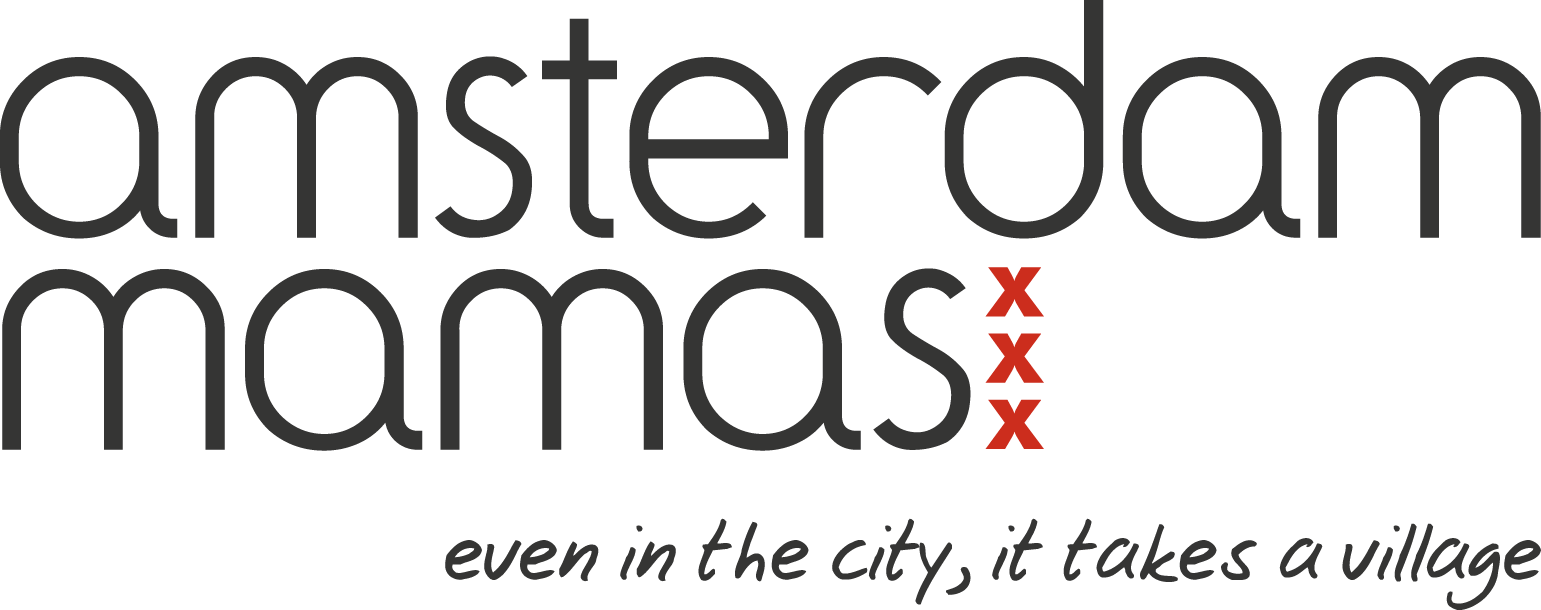Imagine taking a tour of a beautiful historic castle near your home…so much to see, so much history to absorb, when suddenly a painting of twin infants above an empty cradle opens a floodgate of emotion and memories…
De Wikkelkinderen (The Swaddled Children)
In April 1617 Jacob de Graeff, the mayor of Amsterdam, waits patiently to learn the progress of his wife Aeltje’s labour. Finally, he receives the happy news that they have been blessed with identical twin boys! Oddly, however, one child’s skin is extremely pale, and the other’s is bright red. Sadly, before the day is through, both babies die from what is believed to be delivery complications. The grief-stricken parents order a portrait of their baby sons, swaddled and lying side by side, to commemorate their very short lives; the painting is called De Wikkelkinderen.
Almost 400 years later, on a cold December afternoon, another pair of identical twins is born in Holland. One white, one red. They are my children. They are 9 weeks premature and require a lot of medical attention. However, this time, there is no mystery around the different colours of their skin.
Twin to Twin Transfusion Syndrome
Doctors and researchers agree that De Wikkelkinderen probably depicts one of the earliest known cases of Twin-to-Twin Transfusion Syndrome (TTTS). In an identical twin pregnancy, there is a 20% chance of developing this disease, and, without treatment, there is only a 10-15% chance that both babies will survive. And yet this disease remains relatively unknown.
TTTS is a disease of the placenta. Blood vessels connect and the blood flow between MoDi twins (twins having individual amniotic sacs) becomes unbalanced. One twin is swimming in fluid, while the other can be almost shrink wrapped inside its amniotic sac. It can lead to heart failure, kidney failure, and even death for one or both twins.
At 24 weeks pregnant, I was diagnosed with TTTS. We were rushed to Leiden University Medical Centre to see specialists and to confirm the diagnosis. We were told to prepare for the worst, including talking to grief counsellors and considering funeral arrangements.
So one baby has blood like rosé wine, becomes starved of oxygen, and stops growing, while the other baby continues to grow, but has a heart becoming overworked from pumping blood that is as thick as tomato ketchup.
Every 3 days we had tests and ultrasounds to monitor our situation. Gradually, the fluid level difference between the twins balanced out and their condition was designated ‘stable’, the best to hope for in our situation. The usual course of action with TTTS is laser surgery to close the connection points, but because our condition stabilised, we did not receive the surgery.
We weren’t out of the woods yet, though. More testing was being done to see if we had a second condition: Twin Anaemia Polycythemia Sequence (TAPS).
The difference between TAPS and TTTS is the size of the connections in the placenta. In TTTS, the connections are large and blood flows from one baby to the other, but not back again. In TAPS, the connections are miniscule, the size of a needle, and red blood cells pass from the donor twin, leaving them anaemic, to the recipient twin whose blood becomes polycythemic, or too thick.
So one baby has blood like rosé wine, becomes starved of oxygen, and stops growing, while the other baby continues to grow, but has a heart becoming overworked from pumping blood that is as thick as tomato ketchup. While TTTS occurs in around 15% of identical twin pregnancies, TAPS occurs in only around 5%, and generally it develops post laser surgery. Cases of spontaneous TAPS are rare.
I was 30 weeks and 6 days into my pregnancy, when I went for yet another routine ultrasound. This time the news was devastating. We had TAPS and the twins were not doing so well. Twin A was dangerously anaemic. It was time to make the decision to deliver.
Out of the Womb and Into the World
At 31 weeks and 1 day, I was wheeled into the operating theatre to deliver my twins. After only a few hours, the girls were delivered and raced to the NICU. Emilie, the donor, was dangerously anaemic and very pale and needed several blood transfusions in her first few weeks of life. She weighed only 1100 grams, and was in critical condition. Mathilde, the recipient, weighed 1600 grams, and needed both to have blood removed from her, as well as have her overly thick blood thinned. She was almost purple in colour.
They spent 5 weeks (Mathilde) and 6 weeks (Emilie) in hospital, first in Leiden, and then in our local hospital.
Today they are happy, healthy 3.5 year olds with no external signs of their battle with this rare disease. It’s been a long, hard road, but due to the level of care here in the Netherlands, they are progressing well. We were fortunate that the world’s leading researchers on the cause and treatment of both TTTS and TAPS are based at LUMC. In addition to being world class leaders in this field (both before and after delivery), the doctors and staff there truly care about their patients.
Jacob and Aeltje de Graeff’s story could have ended differently if their sons were born today. Their story could have ended like mine, with happy, healthy children. Instead, their tragedy is immortalised in a tender painting, hung above an empty crib in Muiderslot castle, 20 kilometers from my home.
Two sets of twins, one born red, the other very white, separated by 400 years and amazing medical progress led by Dutch researchers.
Practical Considerations
Are you having twins? These are important questions to ask your doctors:
- Is there one placenta or two?
- Can you see the dividing membrane between the babies?
If your twins are identical (Monochorionic – one placenta):
- How will your pregnancy will be managed? (You should be monitored every 2 weeks, with a check on the fluid levels of each twin, blood flow in the cords, whether the bladders are present and checks on the hearts. You should also have your cervix length checked)
- Can you tell me the risks of a monochorionic (identical) twin pregnancy clearly? Do you have any literature?
- What is the protocol if TTTS (or other complication) is detected? Where will you refer me, or what is your course of action?
Resources
TAPS Support Foundation – A wealth of information and assistance.
Leiden University Medical Center: A Dutch site run by the LUMC about TTTS, TAPS and other diseases related to twins.
Nederlands Tweelingen Register – Research into twins
TTTS Support Team is for families who have lost one or both twins to TTTS or TAPS. Volunteers (usually parents who have also lost babies to TTTS) make memorial and care packages for families to remember their babies.
TTTS Hope and Connections : Facebook support/resource group
TAPS Support Group: Facebook support/resource group
photo credit: Wikimedia
Stephanie Ernst-Milner
Stephanie Ernst is a freelance writer and self-proclaimed TAPS Nerd. She moved to the Netherlands in 2013 to be with her German husband and they raise their identical twin girls who were born with a rare disease at 31 weeks. She is the founder of the TAPS Support Foundationand spends her free time raising awareness of the issues facing parents of twins as well as supporting research into Twin Anemia Polycythemia Sequence (TAPS).






